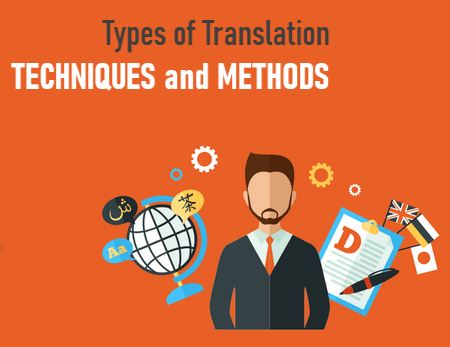
The translation method is crucial for several reasons, as it significantly impacts how effectively ideas, emotions, and information are conveyed between languages and cultures. Here’s why it’s so important:
1. Accuracy and Fidelity to the Original Text
- Preserving meaning: A good translation method ensures that the original meaning of the source text is accurately conveyed in the target language. Different languages have unique structures, idioms, and expressions, and the right translation method helps maintain the intended message without distortion.
- Avoiding misunderstandings: Poor translation can lead to misinterpretations or loss of important nuances, especially in fields like legal documents, medical texts, and technical manuals where precision is crucial.
2. Cultural Sensitivity and Relevance
- Contextual adaptation: Language is deeply tied to culture. Words and phrases may carry different connotations in different cultural contexts. A good translation method takes cultural differences into account, ensuring that the translated text resonates with the target audience and doesn’t inadvertently cause offense.
- Idiomatic expressions: Idioms and sayings often don’t have direct equivalents in other languages. A skilled translator chooses methods (like dynamic equivalence) to adapt these expressions into culturally appropriate and understandable equivalents.
3. Audience Engagement and Understanding
- Flow and readability: A translation method that focuses on the natural flow of language helps maintain the readability and flow of the text. If the translation feels too mechanical or literal, it may lose its appeal to the target audience.
- Tone and style: The tone of the original text—whether formal, informal, humorous, or serious—must be maintained in the translation. This requires an understanding of both the source and target cultures and languages to ensure that the text appeals to the intended audience in the right way.
4. Ethical Considerations
- Avoiding bias: Translators must be aware of their own biases and ensure that their personal views or preferences don’t influence the translation. A good method promotes impartiality, especially when dealing with sensitive topics.
- Confidentiality and accuracy: In professional settings like legal or medical translations, using the correct translation method is essential to maintain confidentiality, ensure accurate legal standing, and avoid legal liability.
5. Flexibility in Different Domains
- Technical vs. literary translation: Different types of texts require different translation approaches. For example, translating a technical manual demands precision and clarity, while literary translations might focus on aesthetic and emotional impact. The translation method chosen needs to align with the specific purpose of the text being translated.
- Localization vs. direct translation: In marketing, localization may be more important than literal translation. Translating advertising copy, for example, requires the translator to consider the local market, cultural preferences, and language conventions to ensure the message resonates and attracts the target audience.
6. Maintaining Consistency and Quality
- Consistency across documents: Especially in large-scale projects (e.g., websites, software, or a series of related texts), a consistent translation approach ensures uniformity in terminology and tone. This is crucial for maintaining brand identity or creating cohesive content.
- Quality control: An appropriate translation method also incorporates quality control steps—such as proofreading, editing, and peer review—to minimize errors and improve the final product.
7. Supporting Global Communication
- Cross-border communication: In our increasingly globalized world, effective translation fosters international communication and cooperation. The right translation method can bridge language gaps in diplomacy, business, science, and education, enabling people from different linguistic backgrounds to understand each other and work together.
- Language preservation and dissemination: Translation is also a way to preserve and spread knowledge across languages. When historical, scientific, or literary works are translated accurately, they can reach a global audience, ensuring the ideas and knowledge are not confined to one language group.

